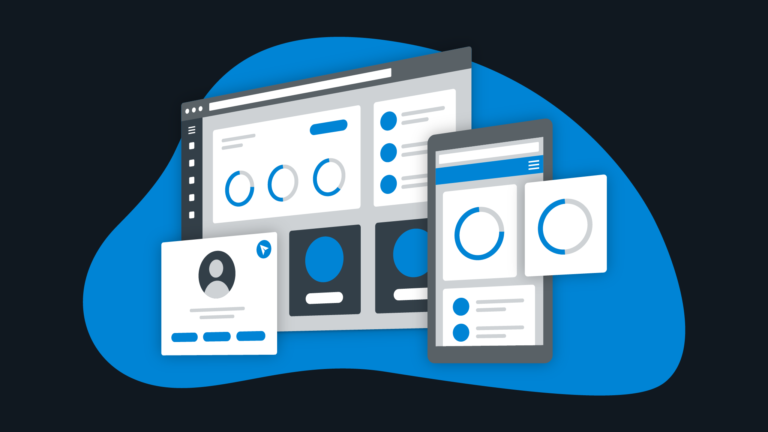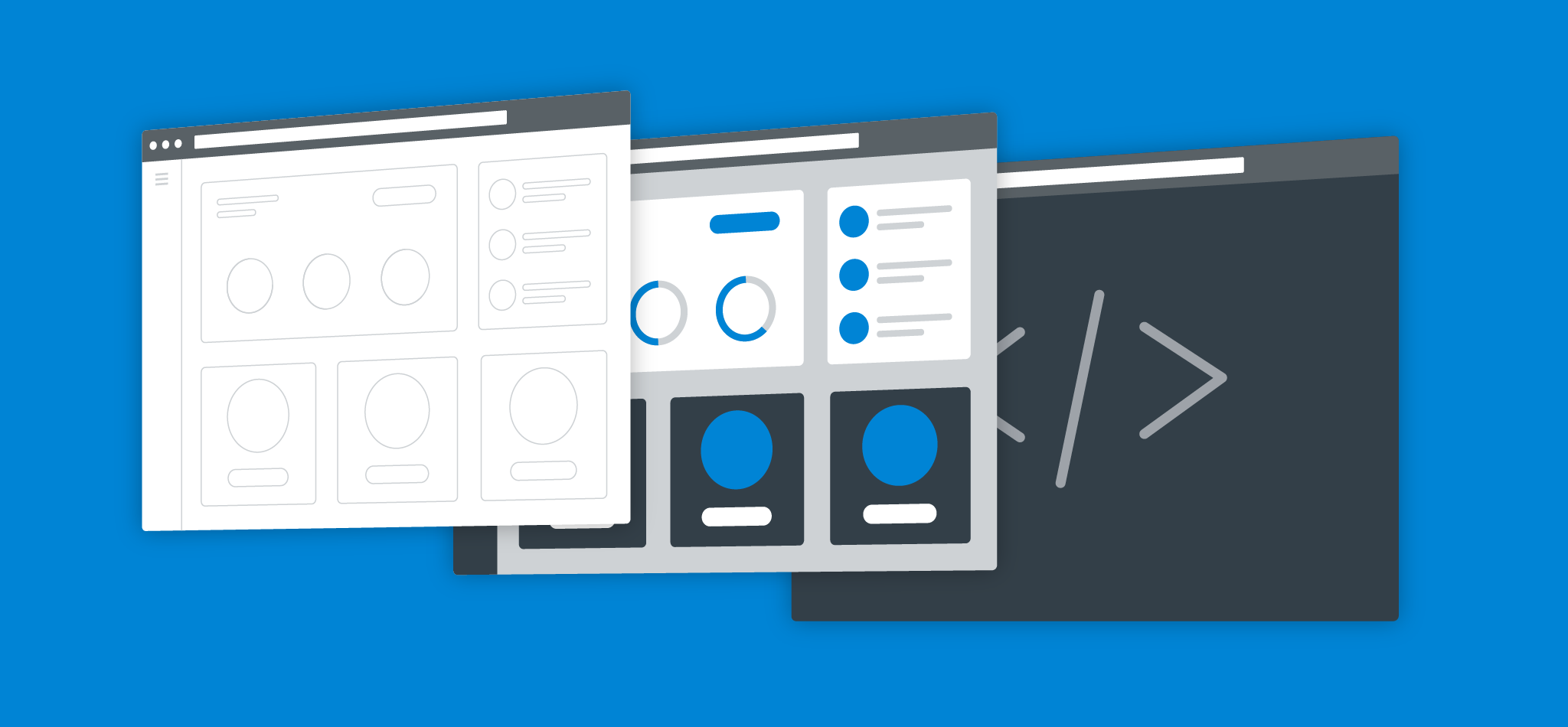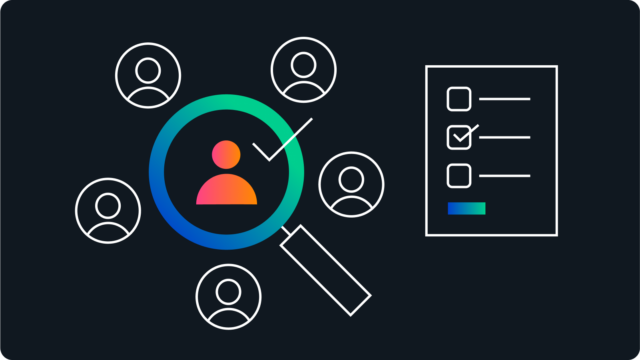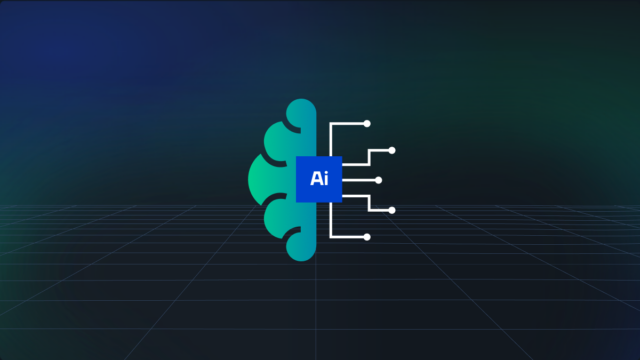7 challenges in web application design and development

Building a user friendly and high performing web application is no easy feat. This article will help you understand and avoid the custom web application development challenges that can arise as you are creating an application.
So, what’s a web application?
In plain terms, an application is a software program that runs on a device. A web app is one that’s stored on the Internet and can be accessed from any browser. They aren’t constrained to any one operating system, don’t take up hard drive space on your device, and can be used by anyone with an Internet connection.
Web applications can include everything from productivity-enhancing collaboration tools (e.g. Google Drive and Slack) to less productive (but often fun) games (e.g. Candy Crush and Words With Friends). Popular web apps are also often available as mobile apps too.
In this article we’ll first look at two web application development challenges you’ll often face during the planning of your web app. Then, we’ll look at five additional challenges that can arise during the implementation stage, when you are actually building the application.
Web application development challenges during planning
1. Clearly defining your goals.
Clearly defining your goals and requirements will make or break your web app. Many of the other challenges that we’ll talk about later, such as application performance and speed, can be almost entirely addressed by making thoughtful choices during the planning stage.
It all starts with your vision for your app. That affects everything that follows. The key requirements for an enterprise-level collaborative app are different than the requirements for a fitness app or a game.
There are a few key considerations in any development process:
- Who are your intended users?
- What experience do you want to give them?
- What are your must-have design features?
- What are your technical requirements?
Once you have defined all of these things, you can start to address them.
2. Choosing the right tech stack.
Throughout this section we’re going to talk about tech stacks. They’re a combination of programming languages, frameworks, servers, software and other tools used by developers. In essence, they’re the set of technologies a web development and design agency uses to build a web or mobile app development.
You should always choose a tech stack that aligns with the problems you are trying to solve. For example, you probably won’t need a complex tech stack for a simple web application, or a tech stack that helps you optimize for scalability when your user base will be a consistent size.
You should consider whether your tech stack is widely used in the industry. With industry-standard tech stacks, you will have a large pool of skilled developers to draw from for your initial build and future requirements.
Make sure to choose a tech stack that has thorough documentation. It’s almost inevitable that you’ll run into a troubleshooting problem at some point during development. Great documentation and support can save you time, money and hassle.
Web application challenges during implementation
3. UX
User experience (UX) encapsulates the reactions, perceptions, and feelings your users experience while engaged in your application. It’s the feeling of ease and simplicity that you get from great design. It’s also the frustration that you feel when interacting with poor design.
That’s why it’s important to think about the overall impression you want to leave on your users before you start making detailed decisions about how to build it.
If you deliver effectively to the deeper needs of all your users – providing pleasure, engagement, and an overall emotional appeal – your application can become a central part of your users’ day-to-day lives and deliver to your business goals.
4. UI & simplistic design
User Interface (UI) design includes all the visual elements your users interact with on your web application. It is everything that your users see on their screens and everything they click on to guide them through the experience.
Great UI design certainly makes your application visually appealing, but it goes beyond just simple aesthetics. The goal is to make the actual user experience simple and accessible – and usable. This means using only a targeted, purposeful selection of copy and content, making clear the options your users have throughout the experience and ensuring information is readily available at each step.
Intuitive UI typically involves:
- Clear navigation
- Engaging visuals
- Easy-to-read typography
Here’s a succinct way to think about the relationship between UX design and UI design: great UI makes it easy for your users while great UX makes it meaningful.

5. Performance and speed
No user likes slow load times. And they can have real consequences for your business. If your application is slow, users won’t wait. They’ll leave. This is the reality of web application development issues today. You may only get a single chance to hook a user on your product.
So, if you know that you’re building an application with a lot of content (e.g. videos), you should outline that upfront so your developers can build a more robust application to ensure performance. Likewise, be clear about any intentions you have to scale your application rapidly. You don’t want your application to slow down if it makes a splash in the market or you see periodic surges in traffic.
This kind of planning for the future will ensure your initial app launch can deliver the kind of speed and performance you want for your early, often-critical, users. It will also mean that your initial build will provide the foundation you need for future business growth.
6. Scalability
The challenge of scalability relates to how you want your application to develop over time. If you want your application built right today, you’ll need to know as much as possible about what you need it to do in the future.
Your application might include fairly lean content at launch but, a year or two in, you could be planning a detailed, expansive content-rich experience. This is where extensibility comes in. Extensibility is when an application is initially designed to incorporate new capabilities and functionality in the future. This can be integrated right from the start of the development process. If you can articulate a long-term vision for your app, it can be built to grow and evolve over time.
Planning for scalability helps you manage different user types, handle increased traffic, and an expansion of, for example, an ecommerce shop. Overall, it’s valuable to prioritize scalability because it can improve your user experience, fulfill your business goals and extend the lifespan of your application.
7. Web security threats
There are a number of things to prioritize so your application and your users are secure.
Choosing the right development infrastructure is one. Make sure that the infrastructure you build on has enough security services and options so your developers can implement the proper security measures for your application.
SSL certificates are a global standard security technology that enables encrypted communication between your web browser and server. When integrated in your app, they enhance its security and eliminate the chance it is flagged as unsecure by web browsers. SSL certificates also help protect credit-card numbers in ecommerce transactions and other sensitive user information like usernames, passwords and email addresses. In essence, SSL allows for a private “conversation” just between the two intended parties and hides sensitive information from hackers and identity thieves.
Creating robust password requirements and multi-factor authentication for your users are also effective security measures. More complex passwords are less likely to be hacked. Multi-factor authentication, where your users take multiple steps to confirm their identities, also gives your application an added layer of protection.
Conclusion
There are a ton of custom web application development that you’re bound to face with anything you build. You don’t need to have command of all this right now but there are a few key things to keep in mind as you take your next steps:
- Planning strategically, and in detail, will mitigate your toughest development challenges. This is where you should always start. Set business goals. Then ensure everything that follows is in service to them.
- Always remember that your web application will feature a blend of design elements and build (technical) elements. It needs to deliver to both if you want to meet your business goals. You can’t overcome bad design with a good build, or the reverse.
- Your application is for your users. Remember you are serving your own business goals by serving your users first, last and always.
Finally, a few words about collaboration.
Make sure any partner you choose to work with on your web application can address all the challenges we’ve noted in this article. They should be able to answer all your questions before you sign a contract. They should have relevant expertise in house and a proven track record. Work only with a team that understands your vision and will fully commit to bringing it to life.



